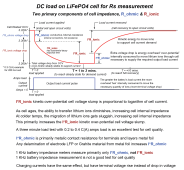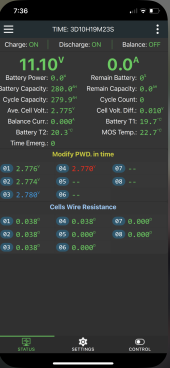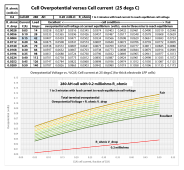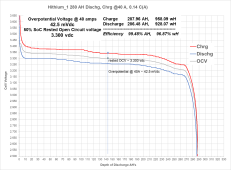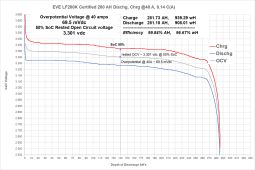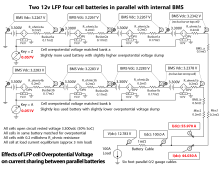Sam Cho TX
Solar Enthusiast
Just saw this video:
Some good information in this video, looks like for the most part even the alibaba cells are just fine despite having the scratched off QR code. But I have also read the forums with people that have had bad results. I think the only difference was that the alibaba cell was slightly bulged a bit, so maybe it failed because of cosmetic reasons only?
Some good information in this video, looks like for the most part even the alibaba cells are just fine despite having the scratched off QR code. But I have also read the forums with people that have had bad results. I think the only difference was that the alibaba cell was slightly bulged a bit, so maybe it failed because of cosmetic reasons only?



